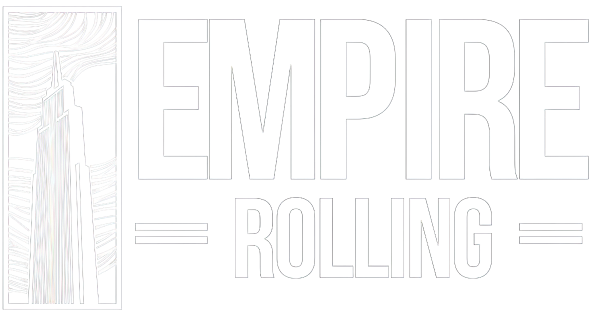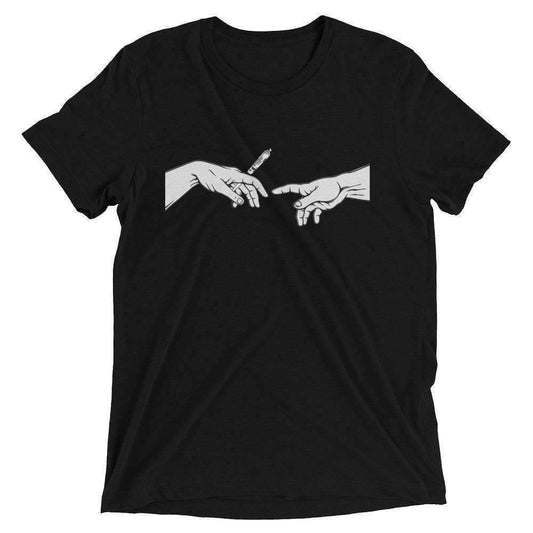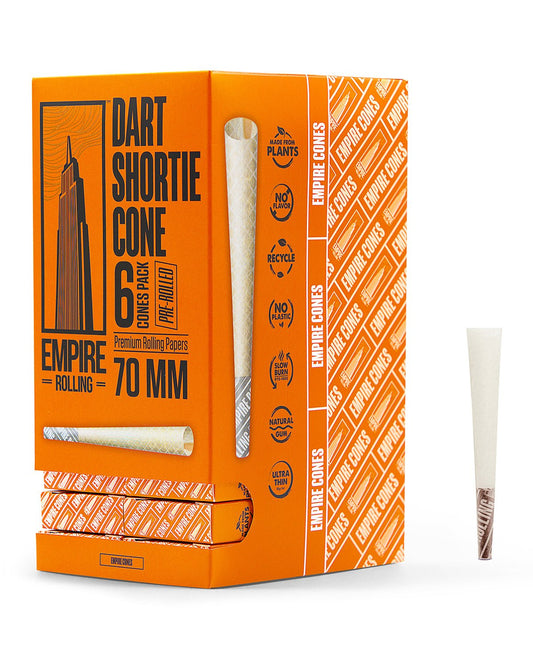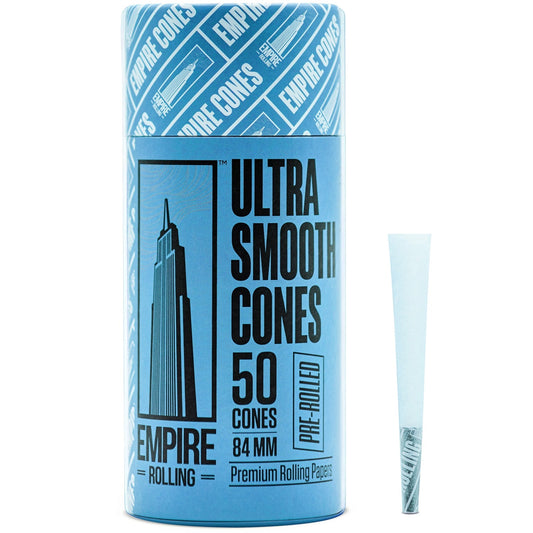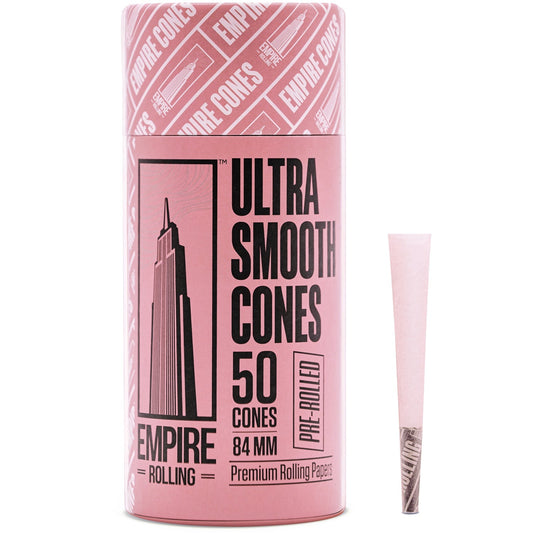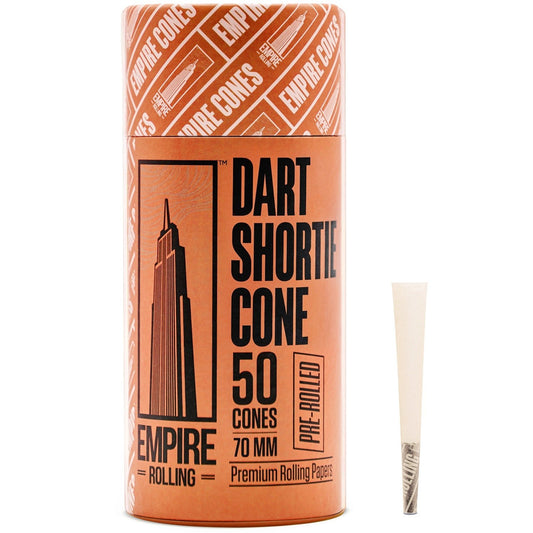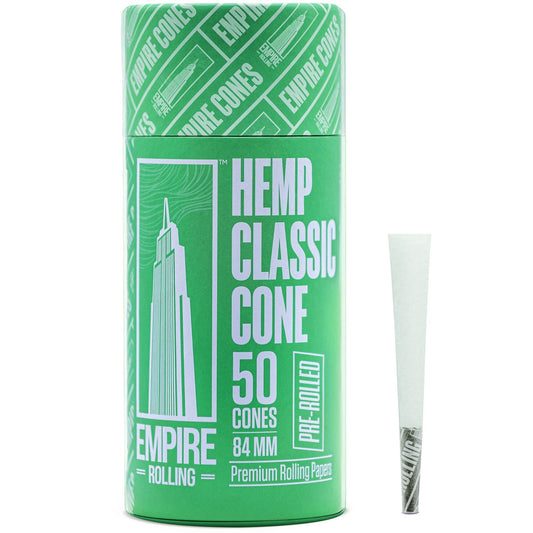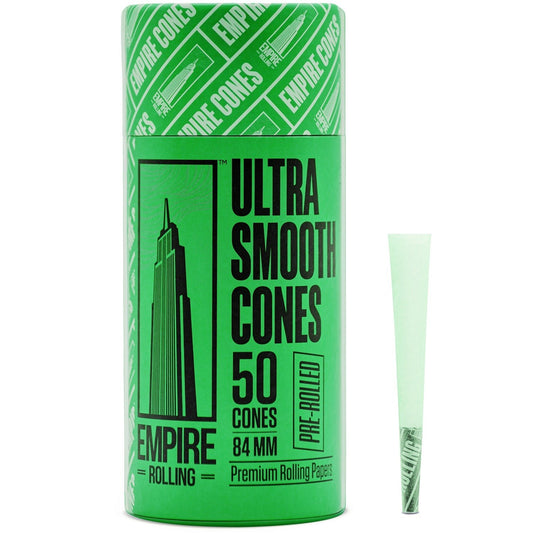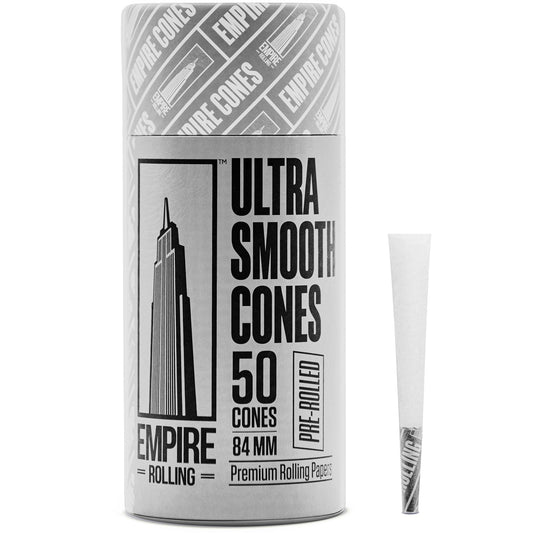Medical Marijuana vs. Recreational Marijuana: Understanding the Differences
Medical Marijuana vs. Recreational Marijuana: Understanding the Differences
Please note that while Empire Rolling enjoys exploring topics like these, we are not medical professionals, and this post is not medical advice.
The legalization of marijuana for both medical and recreational use has sparked significant discussions and changes in recent years.
However, it's essential to understand the distinctions between medical marijuana and recreational marijuana, as they serve distinct purposes, have different legal regulations, and cater to varying consumer needs.
In this blog post, we will delve into the differences between medical and recreational marijuana, including their legal status, primary purposes, patient qualifications, and potential benefits.
Medical Marijuana vs. Recreational Marijuana
Legal Status
One of the most significant differences between medical and recreational marijuana is their legal status. These differences vary by country, state, or region, and it's essential to be aware of the specific laws and regulations in your area.
Medical Marijuana: In many regions, medical marijuana is legal and regulated for therapeutic use under the supervision of healthcare professionals. Patients must obtain a medical marijuana card or recommendation from a qualified healthcare provider to access medical cannabis.
Recreational Marijuana: Recreational marijuana is legalized for personal use by adults in some areas. However, the legal status of recreational marijuana varies widely, with some places allowing possession, cultivation, and purchase for recreational purposes, while others maintain strict regulations or maintain prohibition.
Primary Purposes
Medical and recreational marijuana serve different primary purposes, reflecting their intended uses.
Medical Marijuana: Medical marijuana is used to treat specific medical conditions or symptoms under the guidance of healthcare professionals. It is prescribed to alleviate symptoms, improve quality of life, or address the underlying causes of various ailments. Common medical conditions treated with cannabis include chronic pain, epilepsy, multiple sclerosis, cancer-related symptoms, and more.
Recreational Marijuana: Recreational marijuana is primarily used for non-medical or recreational purposes. Individuals consume it to achieve psychoactive effects, experience relaxation, enhance mood, or simply enjoy the recreational aspects of cannabis use.
Patient Qualifications
The eligibility criteria for accessing medical marijuana are generally more stringent and require a documented medical condition and recommendation from a healthcare professional.
Recreational marijuana, on the other hand, is typically available to adults of legal age without the need for a medical diagnosis or recommendation.
Medical Marijuana: To qualify for medical marijuana, individuals must typically have a qualifying medical condition, such as chronic pain, cancer, HIV/AIDS, epilepsy, or other debilitating conditions. A licensed healthcare provider must diagnose and recommend medical cannabis as a treatment option. Patients then obtain a medical marijuana card or registration, allowing them to purchase and use cannabis for medicinal purposes.
Recreational Marijuana: Recreational marijuana is generally available to adults of legal age, often 21 or older, without requiring a medical condition or recommendation. Adults can purchase and use cannabis products for recreational purposes, subject to the legal regulations in their jurisdiction.
Cannabis Products and Potency
Medical and recreational cannabis products may differ in terms of potency, availability, and formulation.
Medical Marijuana: Medical cannabis products are often tailored to address specific medical conditions and symptoms. They may come in various forms, including tinctures, capsules, patches, and more. Medical marijuana products typically have clear labeling that indicates the concentration of cannabinoids (e.g., THC and CBD) to help healthcare providers and patients make informed choices.
Recreational Marijuana: Recreational cannabis products are designed for enjoyment and may come in a broader range of forms, including flower (buds), edibles, concentrates, and topicals. These products may vary in potency, and consumers can choose products based on their preferences. However, recreational products may not always have the same level of cannabinoid concentration information as medical products.
Taxation and Pricing
Another key difference between medical and recreational marijuana lies in their taxation and pricing structures.
Medical Marijuana: In some jurisdictions, medical marijuana is subject to lower taxes or exempt from certain taxes altogether. This is often done to ensure that patients have access to affordable medicine. Medical cannabis pricing may also be regulated to prevent price gouging.
Recreational Marijuana: Recreational marijuana products are typically subject to standard sales and excise taxes, which can make them more expensive than their medical counterparts. Pricing in the recreational market may vary based on supply and demand factors.
Access and Dispensaries
Access to medical and recreational cannabis may differ, with medical marijuana often having a more tightly regulated and controlled distribution system.
Medical Marijuana: Medical cannabis is typically accessed through licensed dispensaries or clinics. These facilities are regulated to ensure that patients receive safe and quality products. Patients must present their medical marijuana card or registration to purchase cannabis from these establishments.
Recreational Marijuana: Recreational cannabis is often available at licensed retail dispensaries or stores. These locations cater to adults of legal age and do not require a medical recommendation for access. Customers must meet the age requirement and adhere to local regulations to purchase recreational cannabis.
Potential Benefits
Both medical and recreational marijuana offer potential benefits, but they serve different purposes.
Medical Marijuana Benefits: Medical marijuana is used to alleviate symptoms and improve the quality of life for individuals with specific medical conditions. Its potential benefits include pain relief, reduction of seizures in epilepsy patients, nausea and vomiting relief during chemotherapy, and improvement in sleep quality for patients with insomnia.
Recreational Marijuana Benefits: Recreational marijuana is primarily used for relaxation, enjoyment, and mood enhancement. It can provide stress relief, increase creativity, and enhance social experiences for those who use it recreationally.
Conclusion
Medical and recreational marijuana are distinct categories within the cannabis industry, each serving its own purpose and demographic.
Understanding the differences between these two types of cannabis use is essential for both patients and consumers to make informed choices about their cannabis-related activities.
Whether you are seeking relief from a medical condition or simply looking to enjoy the recreational aspects of cannabis, it's crucial to adhere to the laws and regulations in your area and make safe and responsible choices regarding cannabis use.
Please note that while Empire Rolling enjoys exploring topics like these, we are not medical professionals, and this post is not medical advice.
